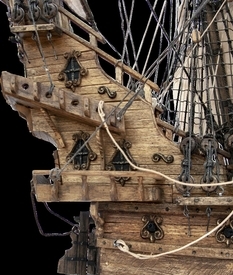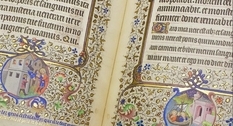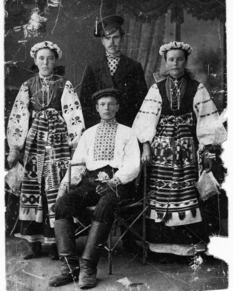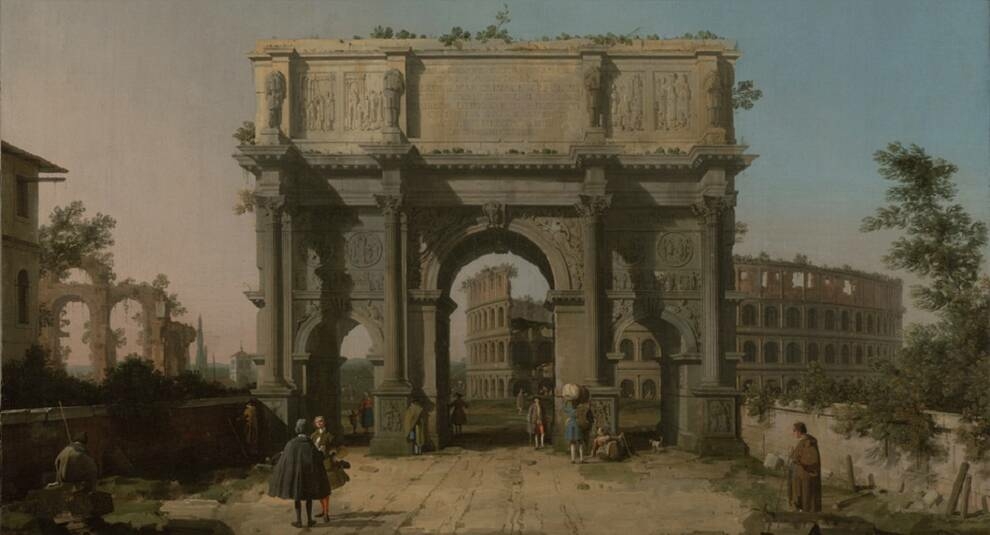
History of ancient structures: the triumphal arch of Constantine (part I)
In the center of Rome, next to the legendary Colosseum, there is an ancient structure - the triumphal arch of Constantine, built in 315. It was built in honor of the victory of Emperor Constantine I: the new ruler overthrew the previous one, Marcus Maxentius ,and headed the state. In 312, a battle took place, episodes of which can be seen on the arch itself. Unlike other similar monuments, the arch of Constantine is associated with the victory in a civil confrontation, and not with the defeat of an external enemy.
The height of the arch is 21 m, width - 25.7 m. It consists of three spans, for the construction of the main part used marble blocks, the attic is built of brick and covered with marble. During construction, components borrowed from other, older buildings were used. There are several explanations for why the creators of the arch took this step. Previously, scientists believed that in that period of history, the art of the Roman Empire was not going through the best of times. The masters were not able to present the ruler with the same architectural masterpiece as the builders of previous centuries. However, now researchers reject this version, recognizing the peculiar beauty of the art of the late antique period. According to another version, the architects had to build the arch in a short time, so the use of ready-made ideas and elements helped to shorten the process. In addition, the decorative elements of the times when the country was ruled by Trajan, Hadrian and Marcus Aurelius, carried a symbolic meaning, hinting that Constantine I is on a par with the three great emperors.
Atticus is decorated with 8 bas-reliefs that once flaunted the extant monument of Marcus Aurelius. There is an assumption that the disappeared structure was related to the victories in the war with the Sarmatians. Apparently, the Dacian sculptures were removed from the forum of Trajan. On the North side there is a composition: Constantine I returns to Rome from the war, the Emperor leaves the city, gives money to the people, interrogates the prisoner.
For more information about the arch, see the next post.
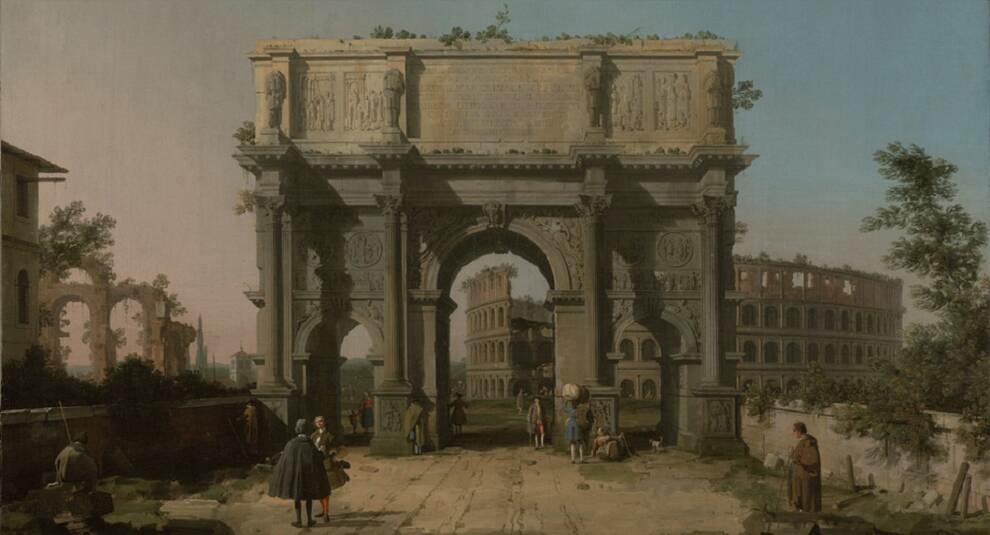
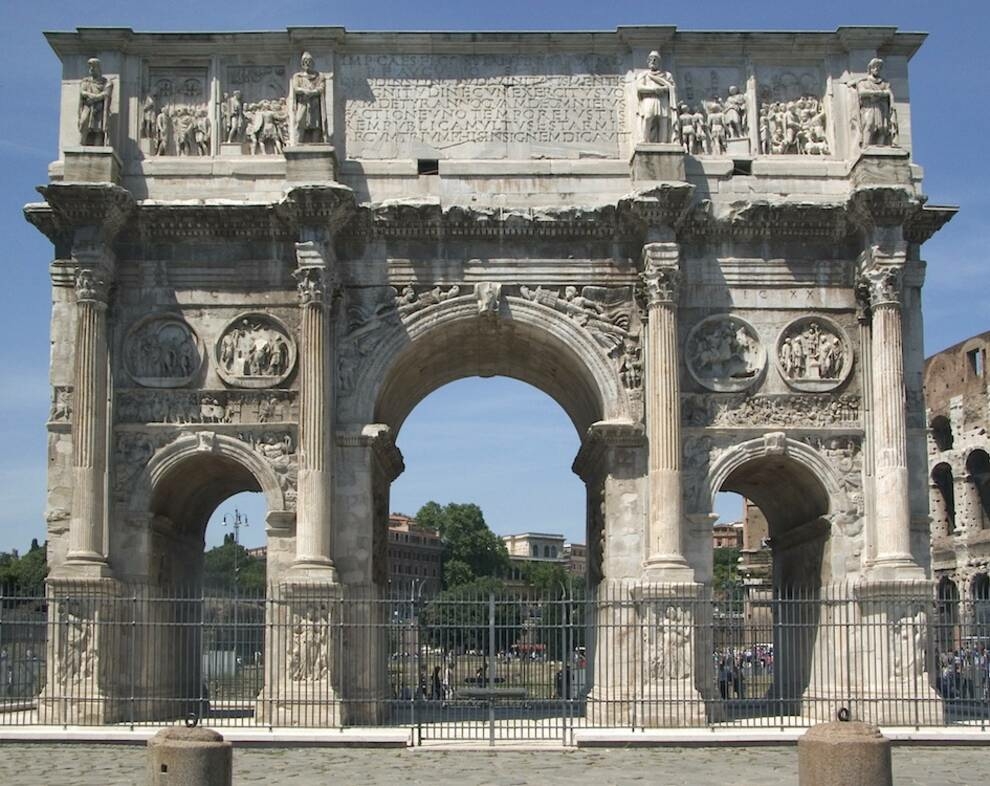
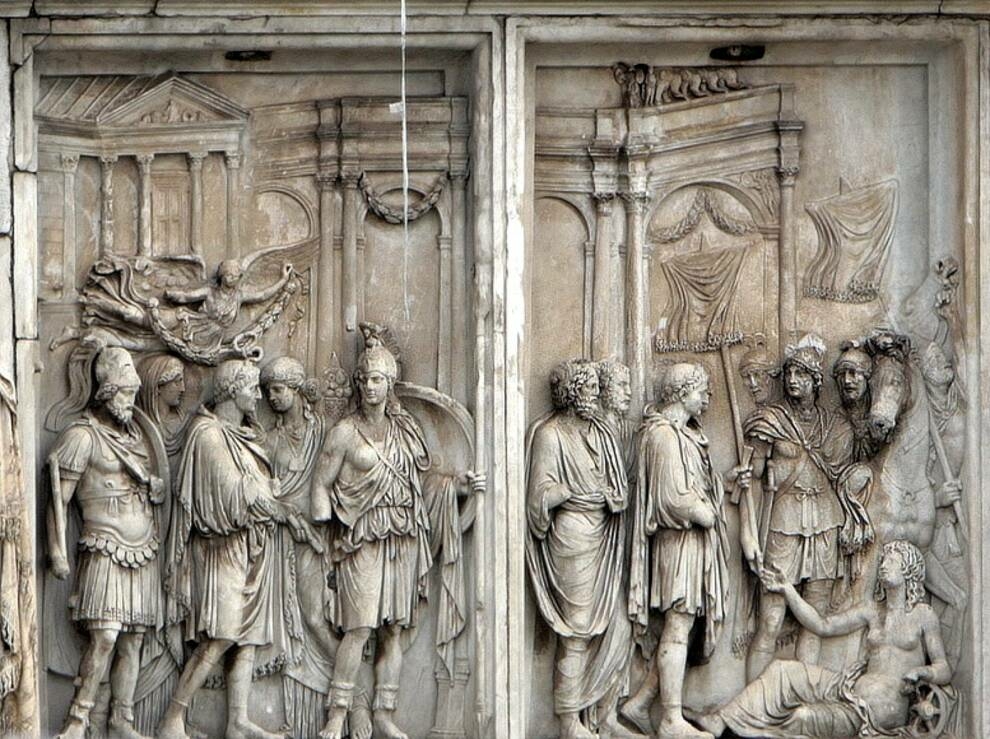
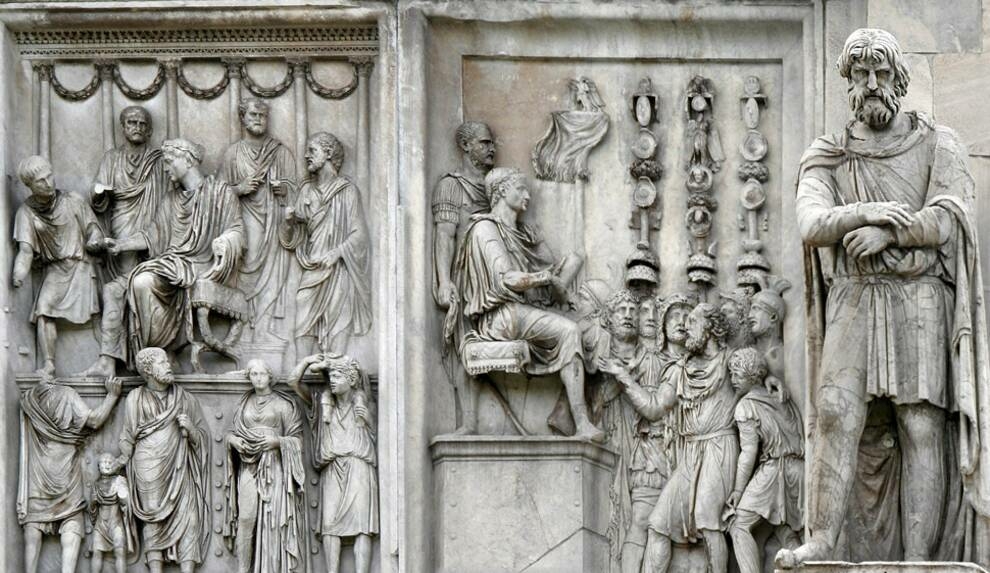
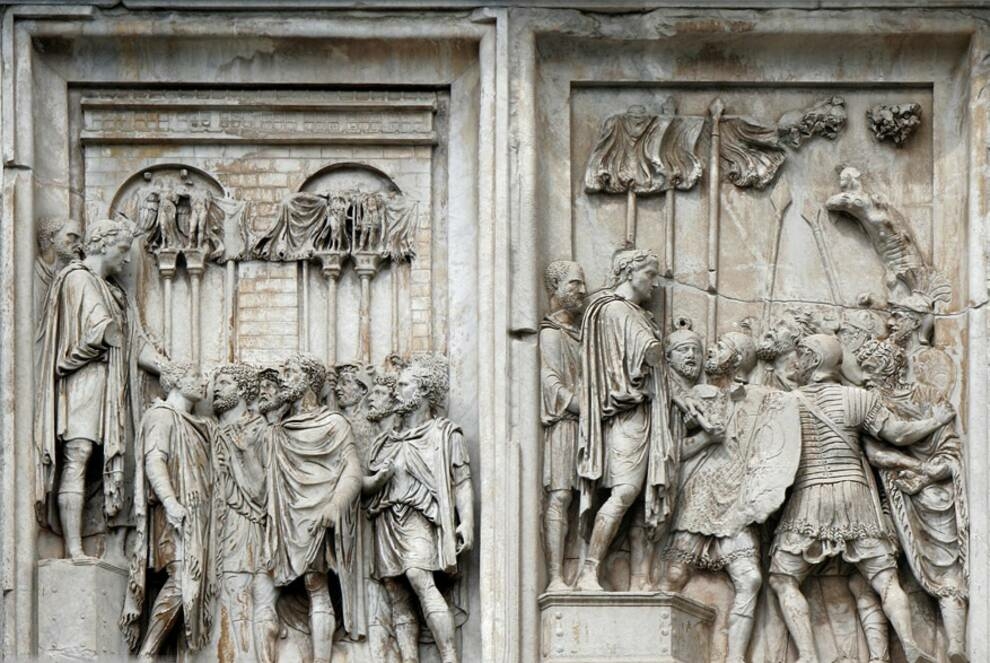
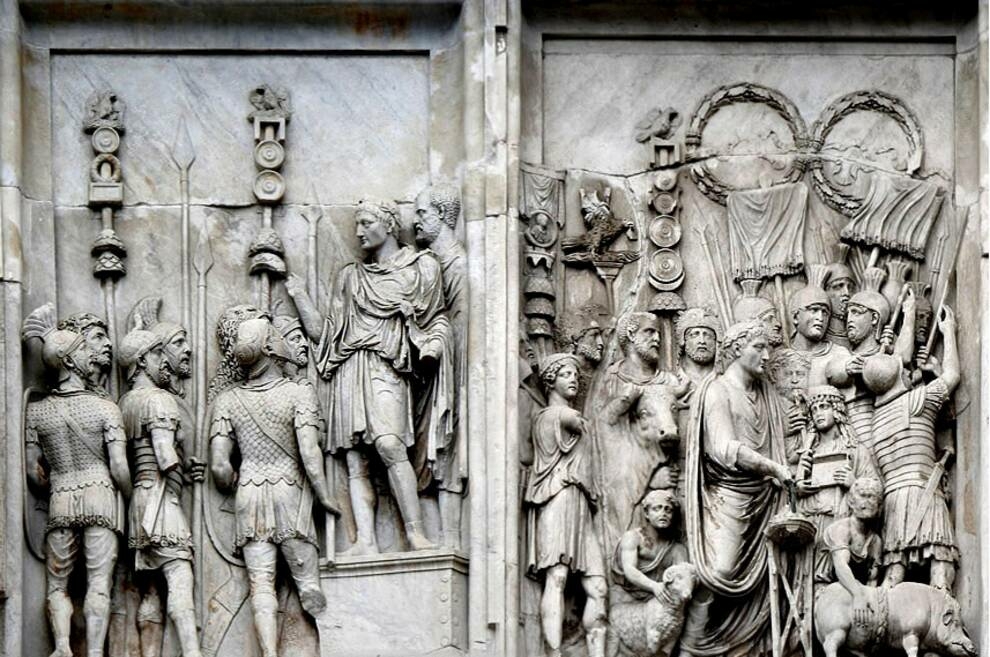
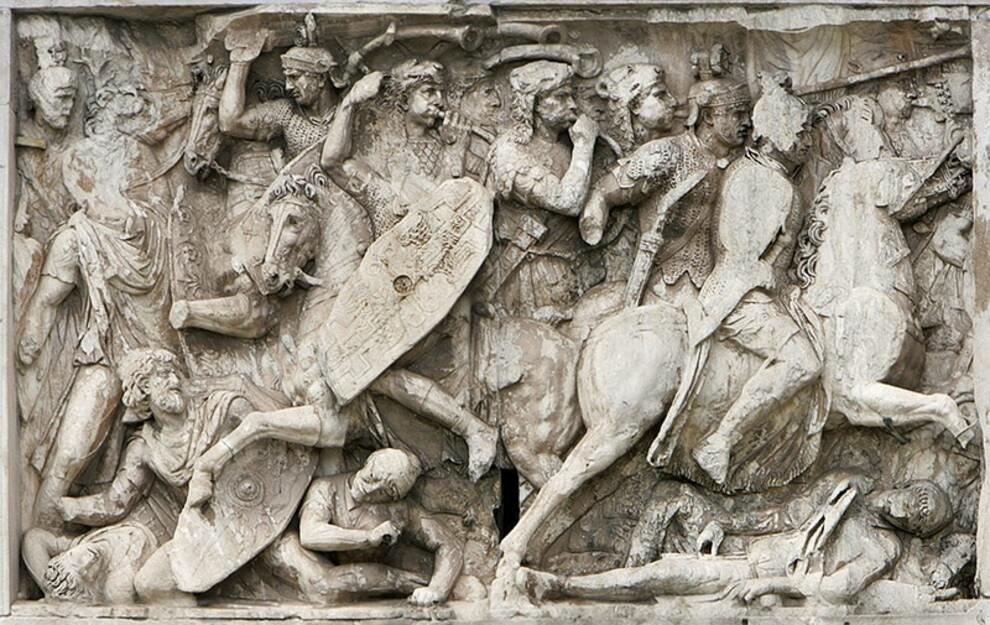
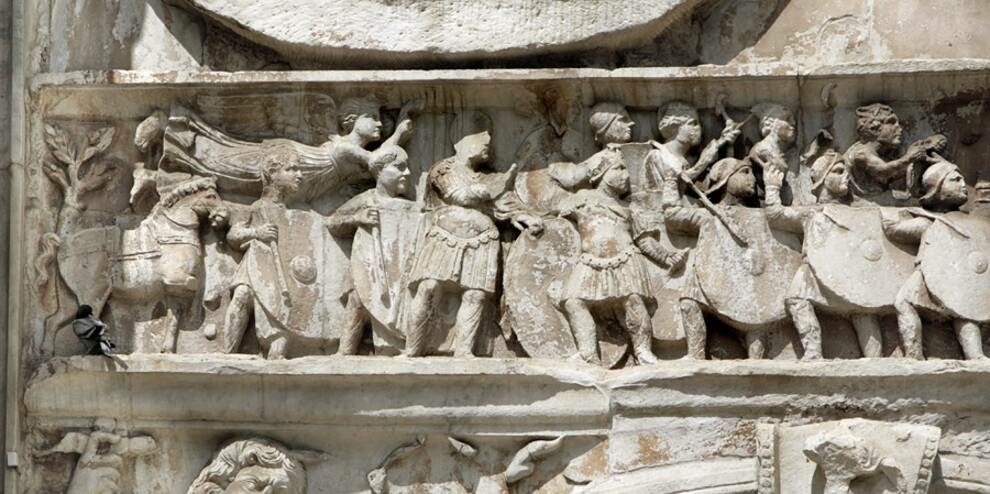
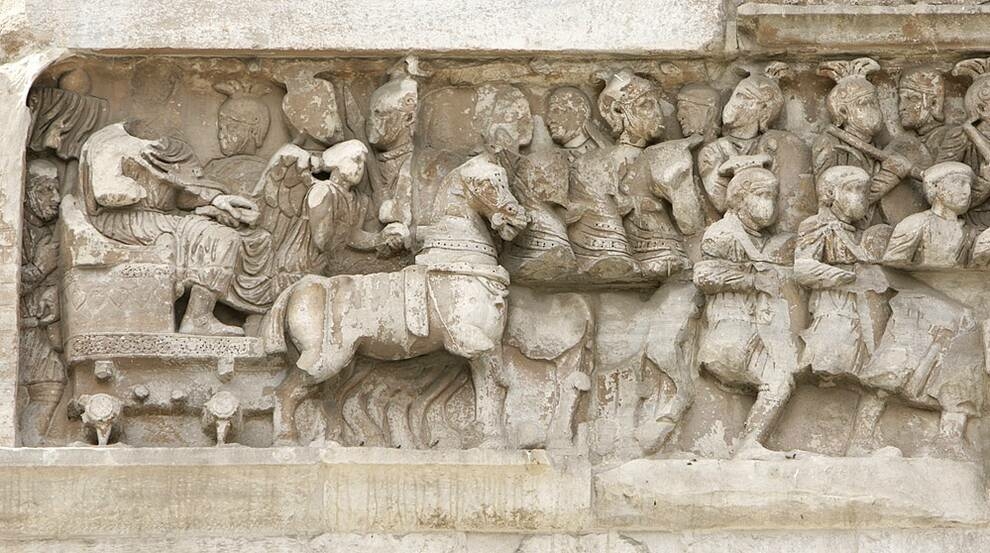
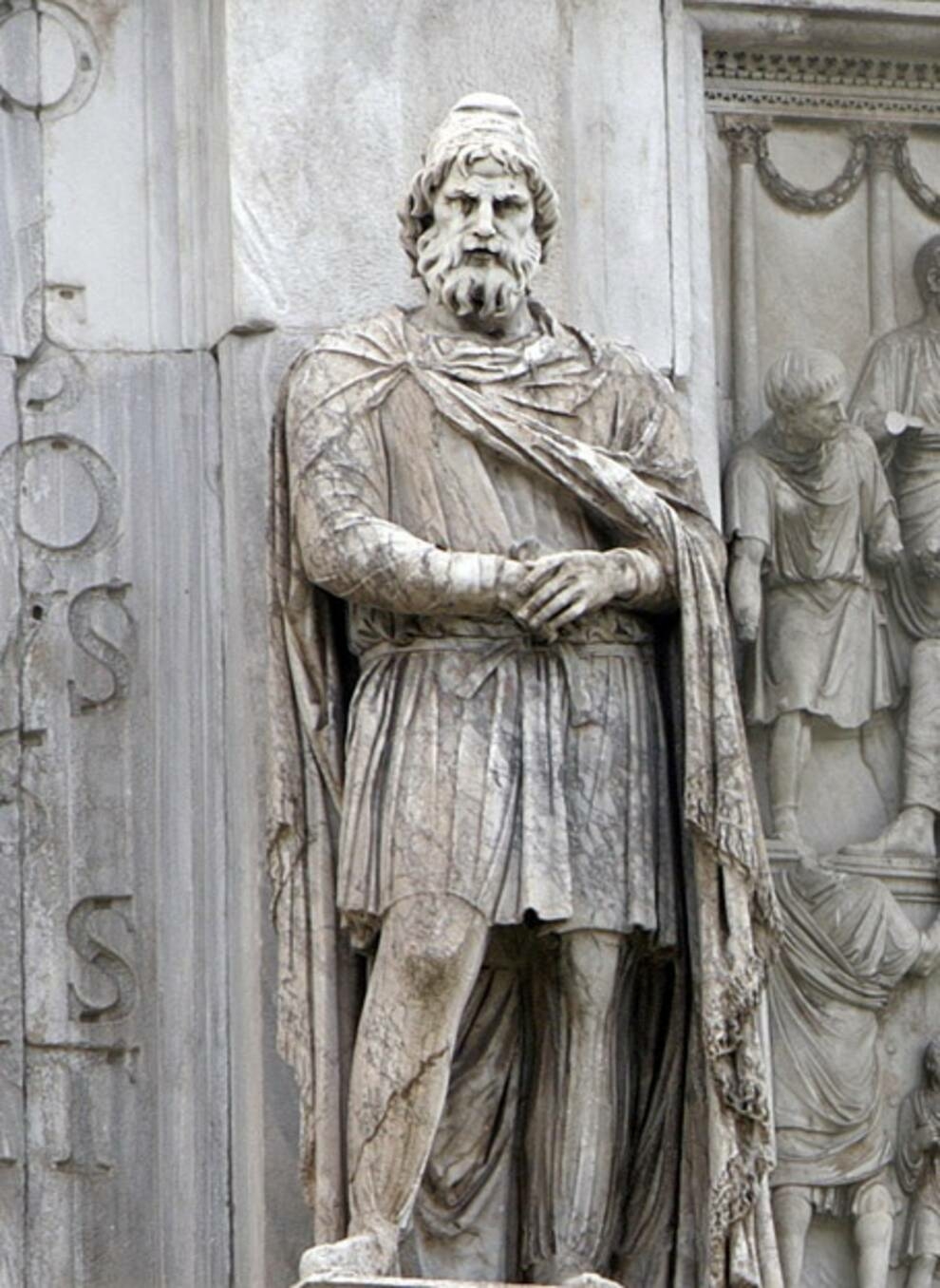
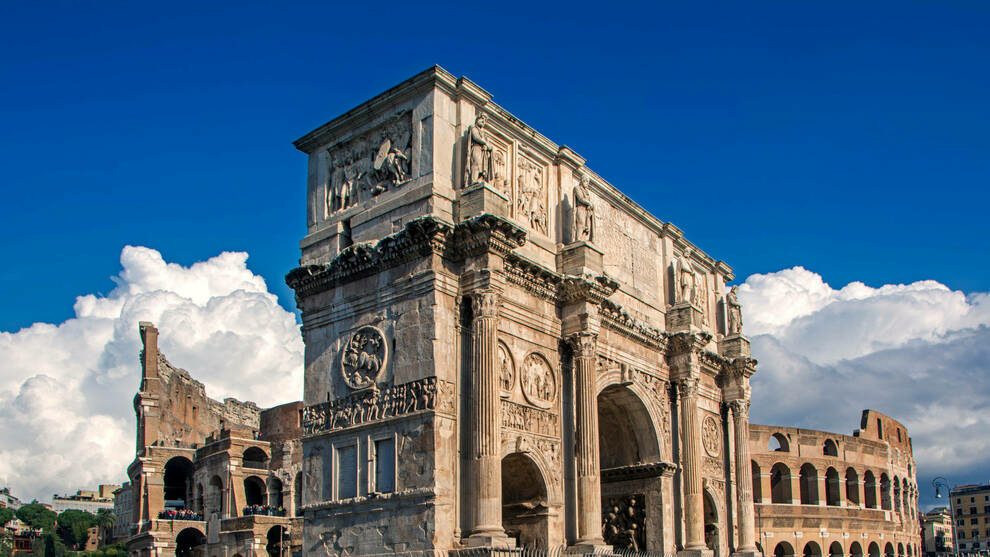
The height of the arch is 21 m, width - 25.7 m. It consists of three spans, for the construction of the main part used marble blocks, the attic is built of brick and covered with marble. During construction, components borrowed from other, older buildings were used. There are several explanations for why the creators of the arch took this step. Previously, scientists believed that in that period of history, the art of the Roman Empire was not going through the best of times. The masters were not able to present the ruler with the same architectural masterpiece as the builders of previous centuries. However, now researchers reject this version, recognizing the peculiar beauty of the art of the late antique period. According to another version, the architects had to build the arch in a short time, so the use of ready-made ideas and elements helped to shorten the process. In addition, the decorative elements of the times when the country was ruled by Trajan, Hadrian and Marcus Aurelius, carried a symbolic meaning, hinting that Constantine I is on a par with the three great emperors.
Atticus is decorated with 8 bas-reliefs that once flaunted the extant monument of Marcus Aurelius. There is an assumption that the disappeared structure was related to the victories in the war with the Sarmatians. Apparently, the Dacian sculptures were removed from the forum of Trajan. On the North side there is a composition: Constantine I returns to Rome from the war, the Emperor leaves the city, gives money to the people, interrogates the prisoner.
For more information about the arch, see the next post.

Photo © www.rome101.com

Photo © www.rome101.com

Photo © www.rome101.com

Photo © www.rome101.com

Photo © www.rome101.com

Photo © www.rome101.com

Photo © www.rome101.com

Photo © www.rome101.com

Photo © www.rome101.com

Photo © www.rome101.com

Photo © www.rome101.com
